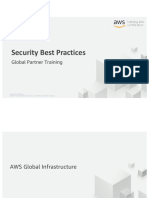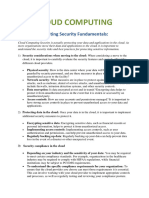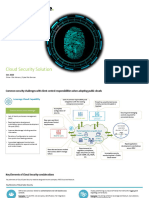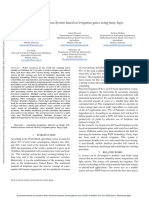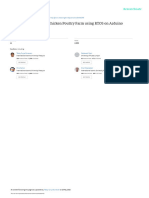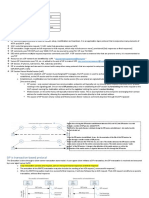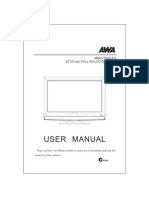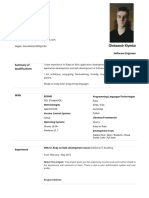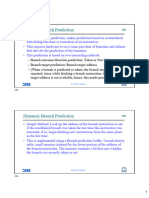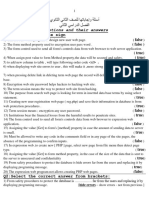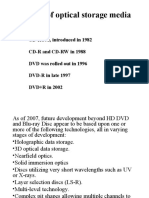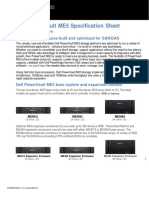0% found this document useful (0 votes)
39 views3 pagesCloud Security Report
The Cloud Security Report outlines the shared responsibility model in cloud computing, detailing the roles of cloud providers and customers in security management. It highlights best practices for major cloud providers, common security threats, and compliance frameworks like SOC 2 and HIPAA. The report also provides a practical analysis of AWS security features, potential risks, and emphasizes the importance of monitoring and proper configuration.
Uploaded by
varsharakhi105Copyright
© © All Rights Reserved
We take content rights seriously. If you suspect this is your content, claim it here.
Available Formats
Download as PDF, TXT or read online on Scribd
0% found this document useful (0 votes)
39 views3 pagesCloud Security Report
The Cloud Security Report outlines the shared responsibility model in cloud computing, detailing the roles of cloud providers and customers in security management. It highlights best practices for major cloud providers, common security threats, and compliance frameworks like SOC 2 and HIPAA. The report also provides a practical analysis of AWS security features, potential risks, and emphasizes the importance of monitoring and proper configuration.
Uploaded by
varsharakhi105Copyright
© © All Rights Reserved
We take content rights seriously. If you suspect this is your content, claim it here.
Available Formats
Download as PDF, TXT or read online on Scribd
/ 3


















